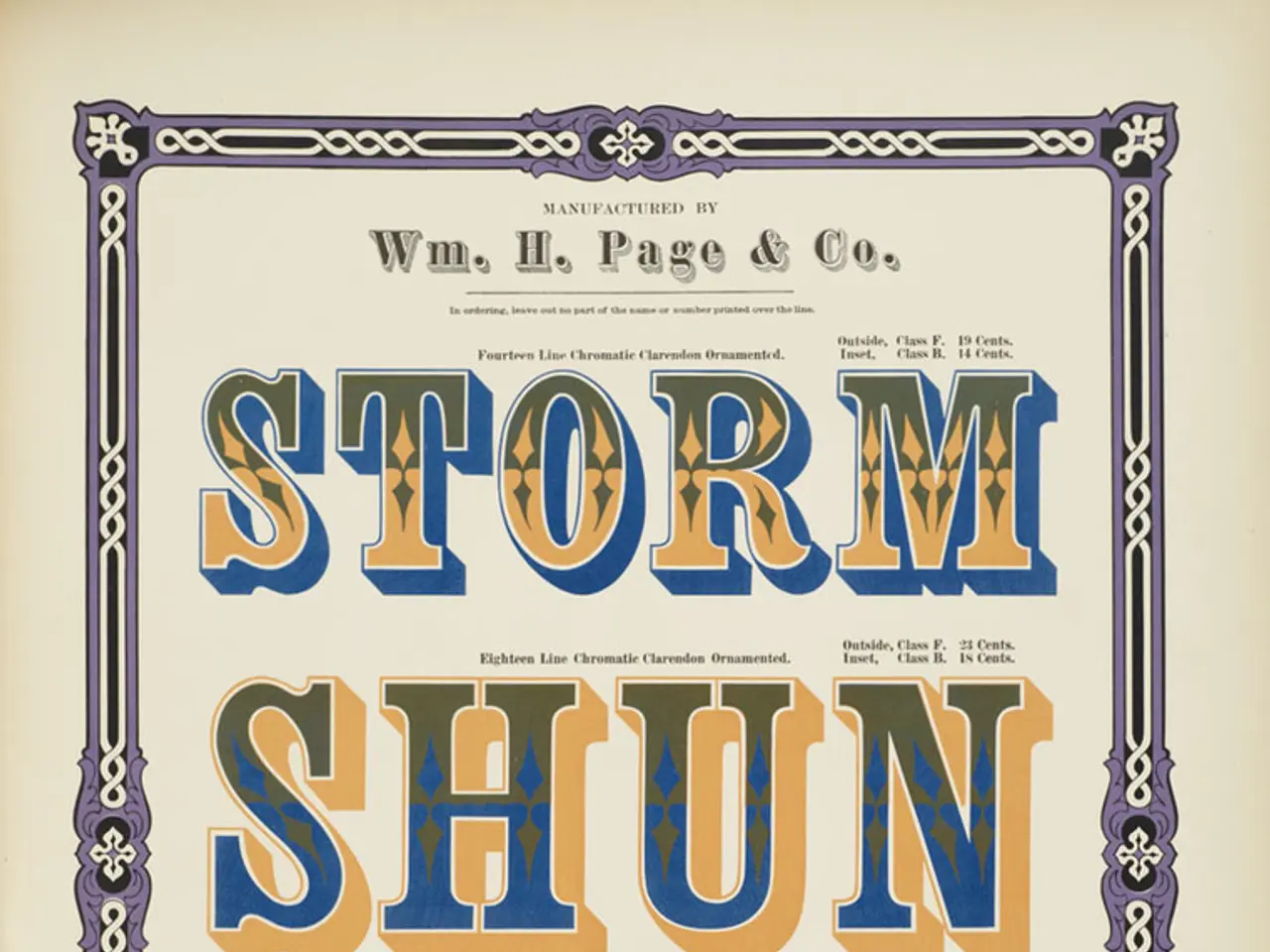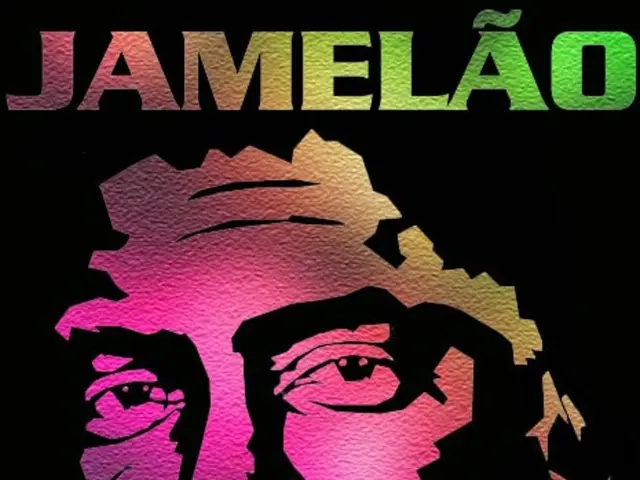Which Design or Illustration Field Suits You Best? Comparison of Graphic Design and Illustration for Decision Making
In the dynamic world of marketing and branding, the strategic use of visuals plays a crucial role in communicating brand values and messages effectively. Two key elements that shine in this realm are graphic design and illustration, each offering unique strengths to create captivating and memorable campaigns.
Graphic design, primarily, is about strategically crafting visuals that communicate brand values and messages clearly and cohesively. This is achieved through the thoughtful application of typography, colour schemes, layout, and imagery, all aimed at building a strong brand identity and supporting marketing goals. Graphic design is indispensable for branding and marketing, helping to express clarity, stay relevant, and create visual cohesion, especially for simple branding and marketing materials.
On the other hand, illustration provides creative, often bespoke imagery that evokes emotion and interest, helping brands stand out and engage audiences on a deeper level. Illustrations are used to visualise text or a concept, relying on the artist's imagination. They can add personality and emotional depth, making marketing campaigns more memorable and engaging by telling stories or simplifying complex information through expressive visuals.
The key differences between graphic design and illustration lie in their purpose, approach, and function. Graphic design is focused on ensuring clarity, hierarchy, and brand consistency, often balancing aesthetics with functional communication. Illustration, however, is more fluid and creative, focusing on artistic expression with less rigid constraints, though still aimed at solving communication challenges.
Illustrations can come in various forms, including realistic, abstract, watercolor, hand-drawn/pencil, cartoons, and more. For instance, watercolor illustrations are perfect for achieving a feminine and soft design, suitable for health and fitness brands or brands with a female audience demographic. On the other hand, isometric illustrations are great if you want to add depth yet maintain simplicity in the design, as they don't have converging lines.
Icon illustrations are useful for websites and apps as they offer users easier navigability. They are also used for logos, websites/apps, landing pages, hero images, infographics, and typography. In contrast, graphic design services include the creation of visual content like logos, marketing materials, web design, and branding.
To maintain consistency across visuals, a branding kit (style guide) is essential for graphic design. This ensures that the brand's visual identity remains cohesive and recognisable, regardless of the medium or context.
In conclusion, both graphic design and illustration play complementary roles in building strong brand identities and effective marketing campaigns. While graphic design focuses on strategically communicating brand values and messages, illustration adds a creative and interpretative element, helping brands connect with their audience on an emotional level.
- In web design and social media, illustrations offer creative, often bespoke imagery that evokes emotion and interest, helping brands stand out and engage audiences.
- Graphic design services include the creation of visual content like logos, websites, marketing materials, and branding, aiming for clarity, hierarchy, and brand consistency.
- Unlimited design opportunities can be found in the realm of motion graphics, a form of illustration that brings visual stories to life through seamless movement and animation.
- Infographics, a blend of graphics and illustration, are valuable tools in simplifying complex information, making it more accessible and engaging for a wide audience.
- For fashion-and-beauty, lifestyle, food-and-drink, and home-and-garden brands, graphic design and illustration can work together to create visually appealing campaigns that resonate with their target audience.
- In the dynamic world of technology, graphic design and illustration are integral in creating captivating and memorable presentations that effectively communicate brand values and messages.
- In a marketing campaign, graphic design and illustration play complementary roles, with graphic design focused on strategic communication and illustration adding creative expression and emotional depth.
- To maintain consistency across all visual elements, a branding kit (style guide) is essential, ensuring the brand's visual identity remains cohesive and recognizable in various mediums and contexts.




